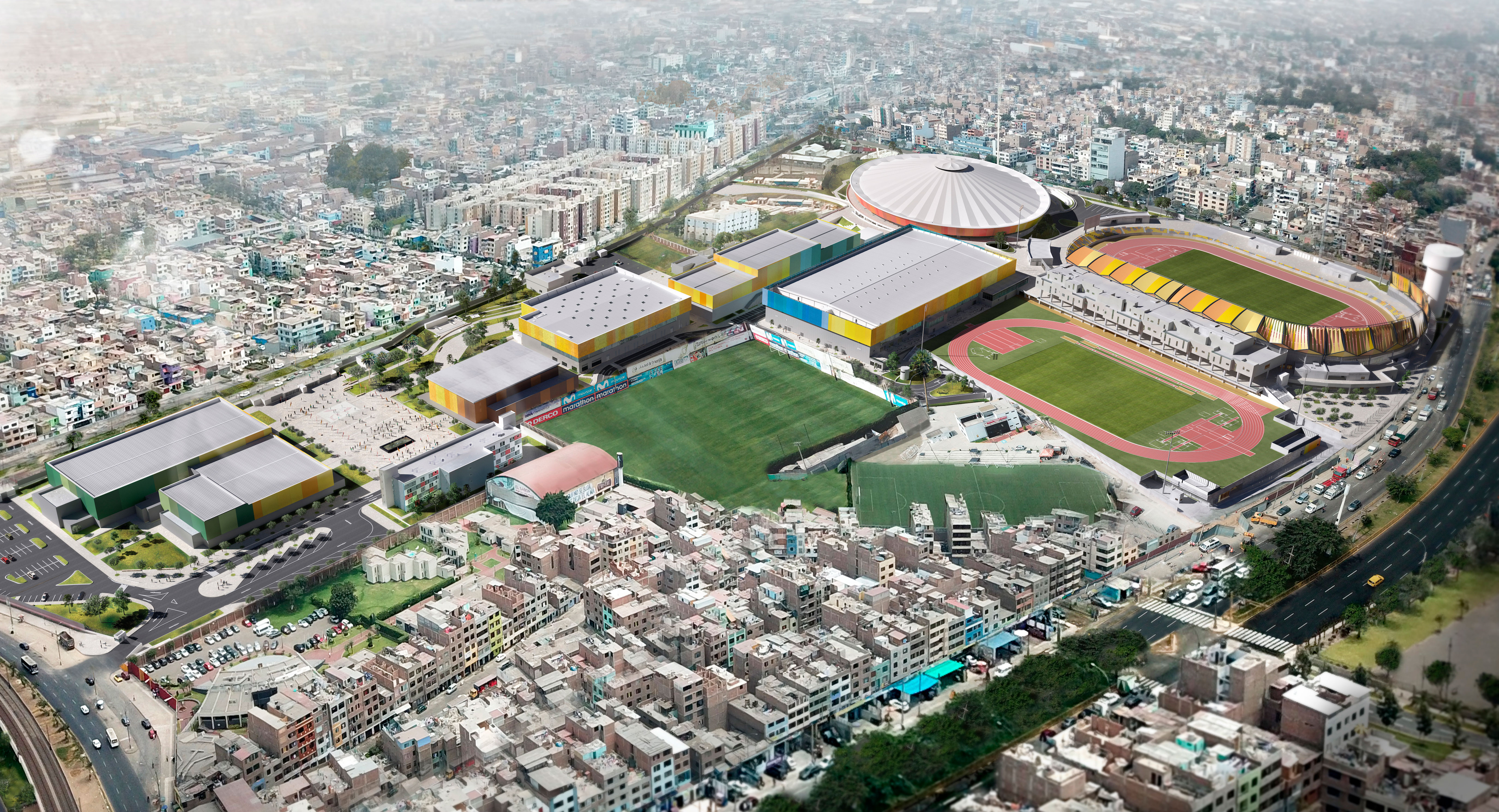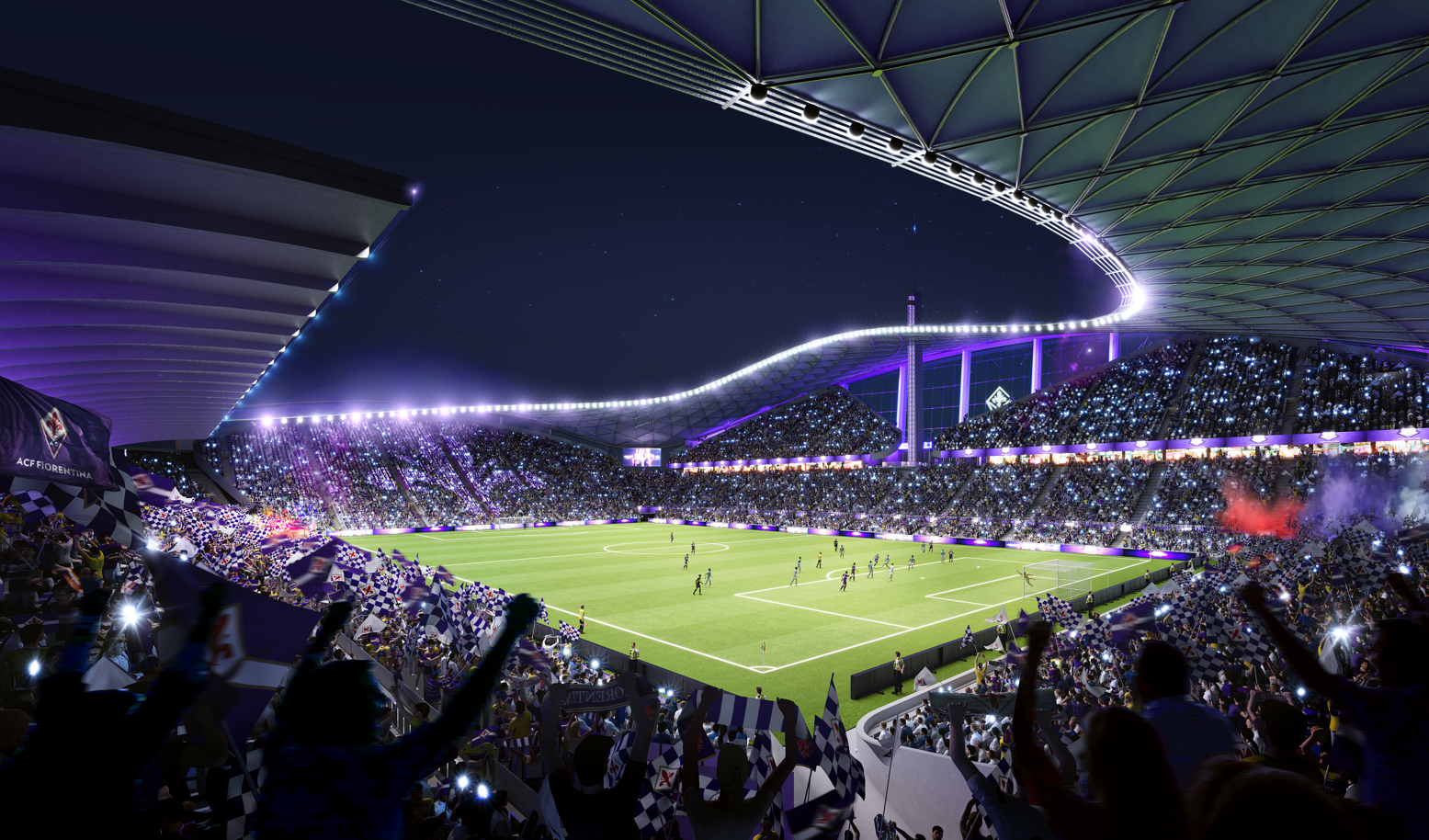#{Title}
#{Copy}
 Principal and leader of BDP Pattern Dipesh Patel reflects on the status of stadium design and shares his predictions for a future increasingly focused on legacy and overlay.
Principal and leader of BDP Pattern Dipesh Patel reflects on the status of stadium design and shares his predictions for a future increasingly focused on legacy and overlay.
For decades, sports infrastructure has been in an escalating race to create ever-more elaborate, costly and ostentatious venues that deliver the best fan experience. For wealthy nations, this is a legitimate choice, but for the less wealthy, it is not an option. Today, as a change in consumer priorities and social value influences public opinion even in the USA, excessive investment, solely for global reputation is routinely questioned.
Very wealthy private clubs have leveraged their ability to develop some incredible venues with impressive amenities. Just think of the Jacksonville Jaguars' Axalta Spa or the Miami Dolphins' 72 Club. The perfect combination of luxury and sport spectatorship.
But, today people want more from new stadia, especially when they are routinely built and delivered for what is effectively a very short amount of time. Don’t get me wrong, I love the buzz of a three-week soccer world cup or the pomp, ceremony and internationalism of an Olympics but I’m more than aware that we have to build places that balance sustainability, community needs, functionality and the best fan experience for the long term. It’s a welcome challenge.
More and more, I am seeing a firm and established movement to base any investment on a robust business case grounded on lasting legacy design, a strong revenue profile and wider community benefit.
On a personal note, developing and redeveloping stadia to ensure meaningful legacy for sports venues is my bread and butter. In fact, my first major project was the City of Manchester Stadium, designed and built for the 2002 Commonwealth Games and then converted as the new home of Manchester City Football Club. Twenty years on, it is still arguably the most successful legacy approach for a large stadium. I was also lucky enough to help the small island nation of Barbados bring the 2007 Cricket World Cup final to the legendary Kensington Oval. Whilst a long-established bastion of test cricket, upscaling for the much bigger crowds of a world cup had to focus on a simple but large-scale stadium overlay that doubled the size of the venue in a cost-effective manner.
These are two success stories, but many countries have decaying sports infrastructure that required huge public investment for just a few weeks' use. Just a quick google of Rio’s 2016 Olympic venues and you can see the problem. Smarter design and a keener approach to legacy plans - using modern technology to overlay new concepts on existing stadia - can avoid much of the significant waste associated with the sector in both wealthy and poorer regions.
In 2019, the Peruvian government boldly - and very successfully - hosted the 2019 Lima Pan American and Para Pan American Games with a keen focus on leaving a lasting legacy of elite athlete development and community value. All venues are very simple low-cost buildings suited to the local technology and sharply focused on their legacy. The main athletics stadium is a good example of a small and modest venue that had a major temporary capacity increase to host the large crowds for the event, with the capability to repeat this for a future world-scale athletics meeting.
The intention to leave a legacy addressed two physical and societal problems in Peruvian athletics; a major headwind that disadvantaged Peruvian athletes in event qualification; and a lack of modern elite development facilities. Now, a sophisticated wind screen turns their troublesome headwind into a tailwind and most of the new stadium pavilion is a world-class residential training centre. Both of these interventions will benefit the next generation of Peruvian athletes to be the best in the world.
Moreover, the overall precinct is set in an area of Lima in need of regeneration. Local income levels are low and general health is below average. Once a locked fortress just for elite athletes, the precinct is now a major new urban hub that provides support across a variety of sports and wellness needs.

Lima Pan and Para Pan American Games masterplan
Later this year, I look forward to seeing two of our stadia; the Ahmad Bin Ali stadium and Education City stadium host matches for the 2022 FIFA World Cup. Both have sophisticated cooling technology for year-round use. Although not needed for the tournament, the cooling is a critical part of the legacy of the stadia to allow year-round use in a desert climate. This will enable sport to be a catalyst that helps address health issues related to low exercise patterns, a lack of grassroots sports and the demand for more community spaces. Furthermore, although both stadia look totally permanent, almost half the capacity is modular. These modular elements can be reused to create medium-size stadia or a series of stands for almost any sport. Ultimately, this enables one of the key goals for this World Cup; to assist developing nations in their sporting aims.
Now, I’m immensely proud of these designs but I know there is still a place for major high-end venues that have high utilisation, contribute to the economy and build social capital. But I’m also aware that the climate emergency has become the most significant challenge for these new mega-venues, and the large, grandiose venues of the past will be increasingly unviable in the currency of carbon.
As such, for many sporting venues, a low carbon, lightweight, low cost and adaptable approach is clearly very appealing. A major opportunity is available to the 2026 FIFA World Cup hosts, USA, Mexico and Canada. With NFL/CFL being the dominant sport in North America, many large stadia already exist. These could be effectively repurposed for the tournament and the redesigns could leave a legacy of grassroots football as the game grows in the region. In Mexico, football is already huge and the aim here should be a combination of refurbishment of existing venues and new stadia that address the critical current issues of carbon reduction and building social capital.
Of course, the global pandemic has been a hard lesson for many industries including sports and entertainment. More generally, there is an underlying change in habits and interests. The next generation live, communicate and socialise in ever-changing ways. Music festivals are a huge developing trend alongside more established major sports and entertainment models. Technology has seen a huge rise in online gaming supporting live e-sports events. So, looking further ahead, I am working with my team and the wider BDP network of studios to invest in ideas that support innovative use of overlays and legacy designs, including:
I am looking forward to helping drive change in the sector. The legacy is ours to leave.

Proposed overlay design for Fiorentina FC